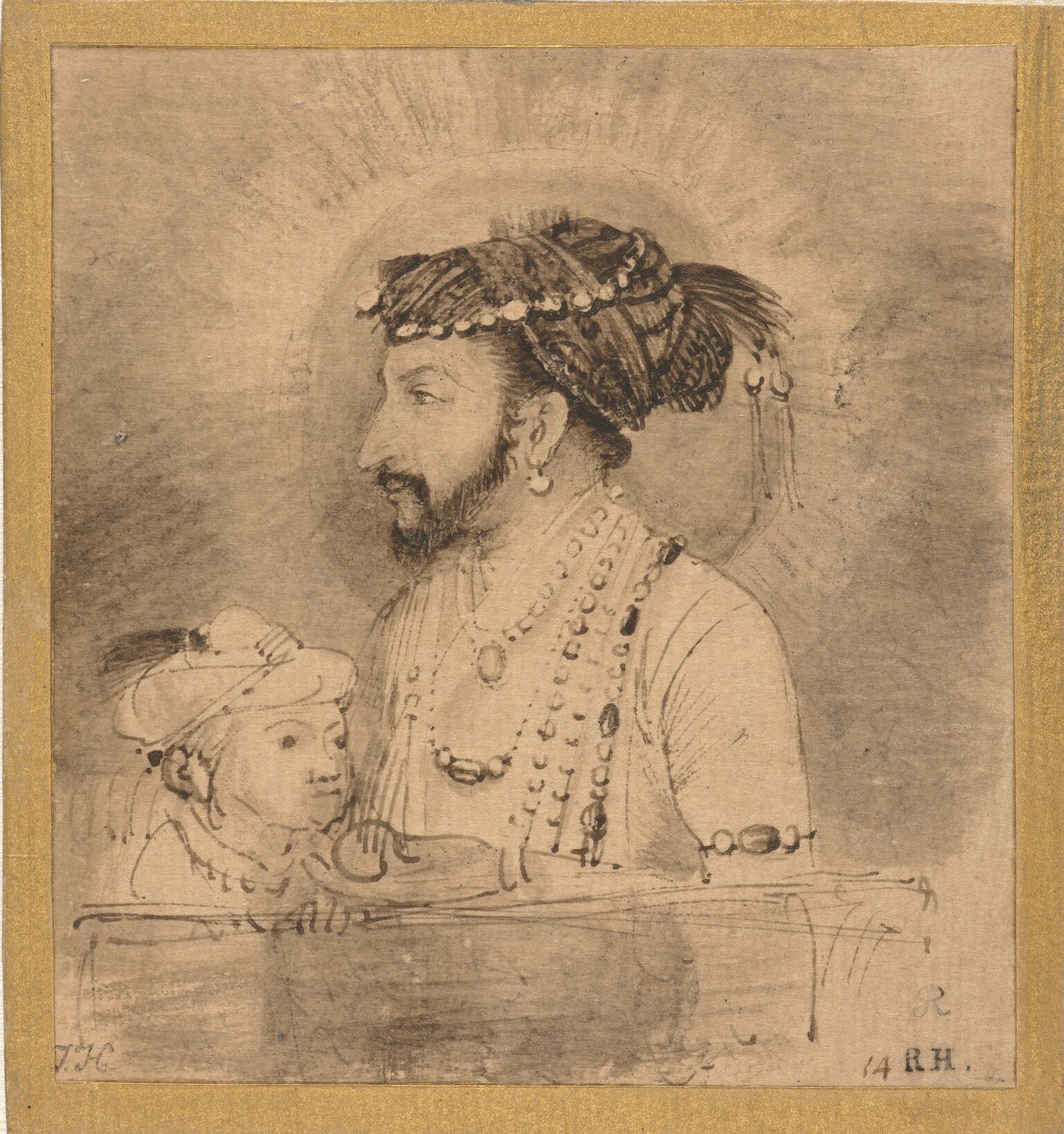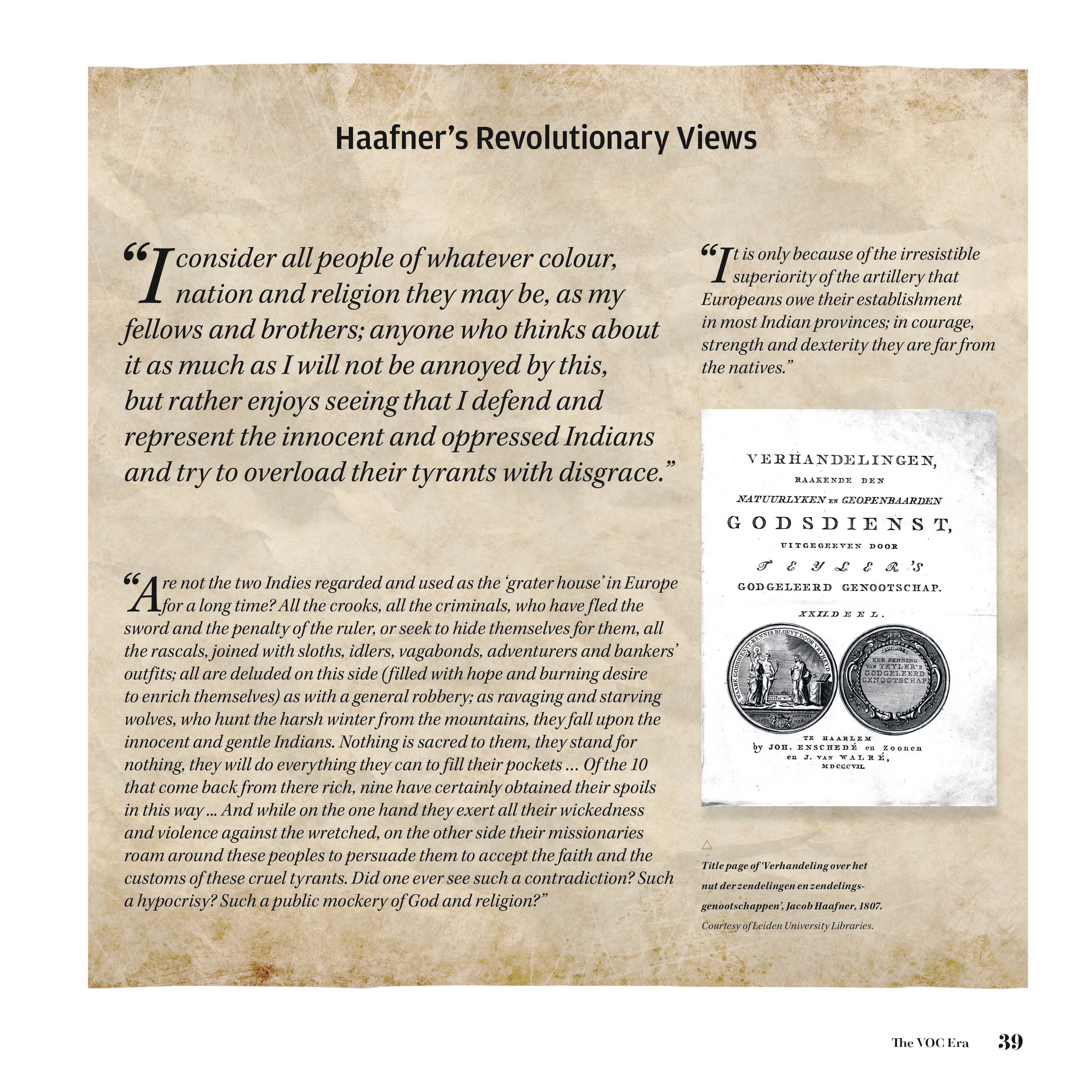Hyderabad: Think Netherlands- think of tulips, windmills, canals, cycles and breathtaking landscapes. For many Indians, Netherlands would perhaps bring alive images of a stunning Rekha and intense Amitabh Bachchan romancing to the evergreen number Dekha Ek Khwaab Toh in the tulip fields of Holland in the 80’s blockbuster movie Silsila. Or more recently some major scenes from Hum Tum, Queen, Jab Harry Met Sejal shot against the gorgeous backgrounds of the Dutch country.
But do you know that one of the greatest artists that ever lived, Dutch national Rembrandt - was also inspired by the Mughal courts in India that reflected it in at least two dozen of his paintings? Or that Gerrit Mosapatam was perhaps the first Indian who set foot on Dutch soil way back in 1666? Or that a Dutch Protestant missionary translated The Lord’s Prayer into Tamil in 1620? That the Bank of Amsterdam located in the city’s historic Town Hall in 1609 was a precursor to the modern day banking system?

These and many more fascinating treasure troves from history are weaved through the rich, illustrious pages of a new book ‘India and the Netherlands- Past, Present and Future’ authored by Venu Rajamony, India’s Ambassador in The Hague.

The easy-to-read book traces the complexities of the Dutch-Portuguese trade war, dawn of The Golden Age for the Netherlands, the country’s controversial history involving slave trade and corruption engaged by company officers of the VOC (Vereenigde Oostindische Compagnie) known as the Dutch East India Company. It also highlights the significant place India occupied in the Dutch world view, how the bilateral relations unfolded over the centuries and features compelling personalities whose contributions shaped the Indo-Dutch discourse.
“In many ways, our history is a forgotten history. We must read and energise it so that the public has greater knowledge of it,” says Rajamony.
Among the many nuggets of little-known information strung together, the book features some drawings of Rembrandt (1606-1609) inspired by his personal Mughal miniatures connection.
Incidentally, Rembrandt was never a seafarer and did not step outside his country. But he created some 25 drawings inspired by miniatures of a dramatically different Mughal culture. Experts believe that the originals he owned were probably brought by Dutch artists who worked in Agra for VOC. Of these 25 drawings by Rembrandt, majority of 23 inspired by Mughal paintings are portraits of rulers and courtiers in 17th century courts of Emperor Jahangir and his son and successor Shah Jahan.
“It was only a small portion of the population that managed to travel from Netherlands on the voyages of the East India Company. But they brought back goods, knowledge, information, art, textiles from the various parts of the world they traded with. So there were many people who never traveled but became world citizens sitting here in the Netherlands and that is what led to the Dutch Golden Age,” remarks Rajamony.
The Netherlands became a foremost maritime and economic power in the world in 17th century with Amsterdam as the trade and financial centre of Europe. In a key difference with the British East India Company, the VOC was the world’s first public company, first corporal to be listed on an official stock exchange and ‘pioneering multinational’ as Venu Rajamony describes in the book. Tensions today dominate the South China Sea and Indo-Pacific with freedom of navigation at the heart of the global debate. But it was a young Dutch lawyer Hugo Grotius who produced a 500 page treatise on laws of the nations in the early 16th century which systematised the then prevailing ideas about the laws of war and argue for free access to the seas for all nations, be it for navigation or for fisheries.
“Grotius is considered one of the founders of international law.His book laid the foundations for international law and for law of the seas. The UNCLOS (United Nation Convention On Laws Of The Seas) is clearly a direct derivation with some of the principles propounded by him. The freedom of seas and freedom of navigation has become an absolute critical component of international law today,” says the author.
Asked if he finds resonance of the Dutch-Portuguese trade wars in today’s global trade conflicts especially between US and China, he replied, “All trade wars are bad. The Dutch-Portuguese trade war for a monopoly over Asia. The current trade wars are perhaps for trade dominance in the world. Certainly, the right philosophy would say that trade should be free, it should be regulated by law, decisions should be taken on a multilateral basis rather than a uniform basis and the whole world will benefit. Win-Win solutions always benefit and that should be the goal of trade, not establishing a monopoly like the Portuguese, the VOC or the British tried doing in the colonial days.”
In his speech at the 74th session of the United Nations General Assembly in New York, Prime Minister Modi quoted Tamil poet and philosopher, Kaniyan Pungundranar and praised Tamil as an ancient language.
Interestingly, this book has an important strand on the Tamil connection in the Indo-Dutch history.
The Dutch had four major settlements in India in Surat in Gujarat, in Malabar and In Coromandel and Bengal on the East Coast. Coromandel an important centre for trading textiles spoke Tamil pre-dominantly. It is here where Dutch Minister and a Protestant Missionary Philippus Baldaeus (1632-1672) documented the life, language and culture of Tamil people.
“They (Indians) often put many Europeans to shame as far as civility was concerned,” wrote Baldeus once.
His translation of the Lord’s prayer into Tamil in 1620 was the first publication in any Indian language to be printed in Europe.
“The Dutch East India Company was not merely interested in pepper and spices from India but they commanded and oversaw an inter-Asian trading system. So textiles were taken from India to Indonesia or China, exchanged for commodities, then brought back to Europe. There were all kinds of goods flowing in which Coromandel played a very key role and textiles were an important export item. There were many missionaries who came with the VOC, who learnt Tamil language, who studied Hindu religion, went back and wrote books,” underlines Rajamony.
It is believed that the first Indian in Netherlands, supposedly a Tamil, travelled with Baldeus on his return in 1666. A notarial deed in The Hague City Archives, dated August 1667, contains the signature in Tamil of Gerrit Mosopatam. Scholars believe Mosopatam derives from Masulipatnam while some argue Gerrit could have been from Ceylon (Srilanka) . A portrait of Gerrit wearing traditional Indian dhoti features in the book along with tales of Jacob Haafner, a well known Dutch travel writer.
In one of his fascinating tales Haafner wrote about his travels in a Palanquin from Calcutta to Coromandel coast in 1786 during which he also fell in love with Mamia- a Devdasi or devotional dancer in the royal court.
The book was released at the prestigious Rijksmuseum (National Museum) in Amsterdam on Tuesday by the King and Queen of the Netherlands ahead of the upcoming State Visit of the Dutch Royals to India.
Read: WATCH: ETV Bharat shines overseas, bags IBC 2019 Innovation Award


